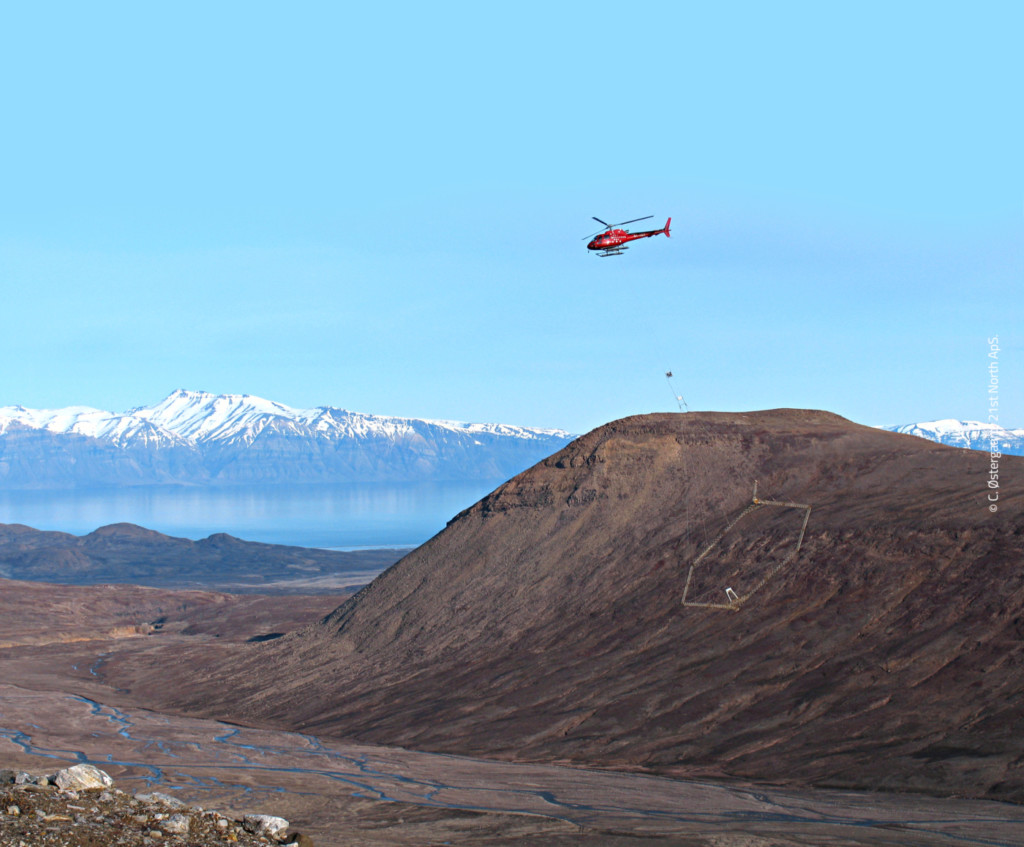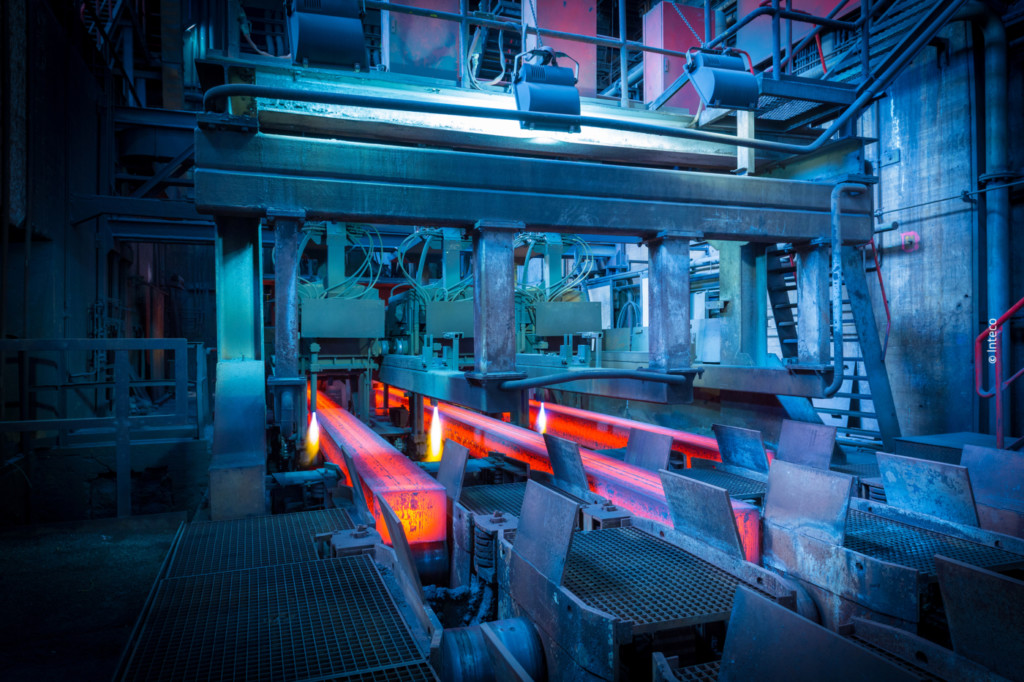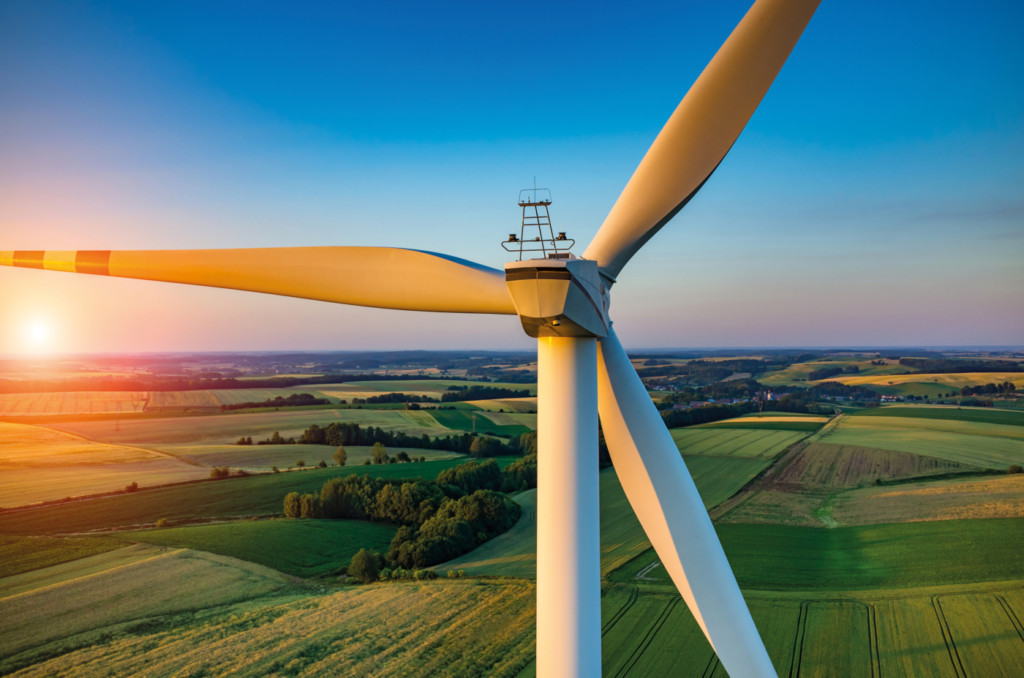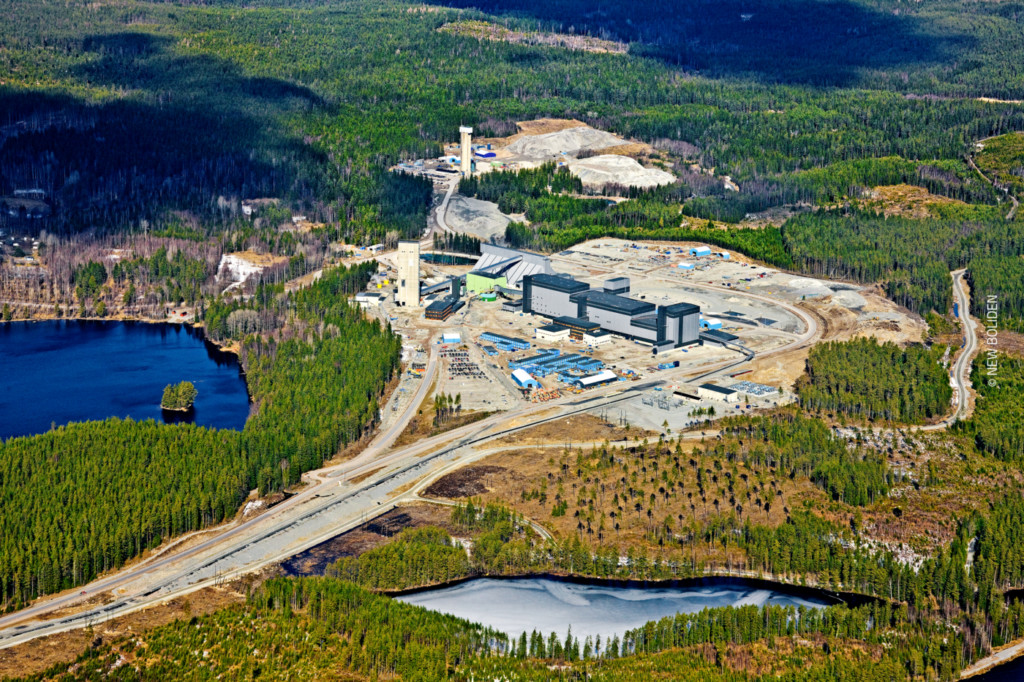Project duration: 1 January 2020 – 31 December 2021
Objective
The 3D BRIEFCASE Project seeks to bring mineral raw materials and mining closer to society as a whole. Its ultimate goal is that citizens from an early age and students, get to know and understand from where the mineral products they use in daily life come from what minerals can be found in their environment and for what are being exploited, and how our daily purchasing decisions affect the social environment of the people who live in countries with mineral resources exploitation. It shows that it is not possible to live without minerals and without mines but, through example and a friendly approach, they will see that mining is a modern activity and that its societal and environment impact can be mitigated by e.g. implementation of zero waste mining as part of circular economy, ensuring sustainable mineral extraction, by not endangering the supply of future generations.
The solution (technology)
During the first part of the project (2019) we are developing new BRIEFCASEs covering sensitive aspects of the mining activities and focusing on primary school pupils to students (6-14 years old) and their teachers. The Project has generated practical and theoretical contents for the physical briefcases which cover the following minerals: cobalt, col-tan (Columbo-Tantalite), diamond, germanium, gold, lithium, and tin, and is developing the virtual material (web) compiling all these materials to offer an interactive tool that can be self-used by pupils. Some workshops will be offered in the partner’s locations during the end of the current year, to teach teachers how to use this tool.
Now, this second part of the project, 3D BRIEFCASE (2020-2021), proposes to improve the virtual tool into an augmented reality (AR) application to attract students up to 18 years old and to adapt the tool for a 3D-application to play with 3D-glasses for permanent usage in science museums and educational centres, and for private use of the general public. We will create new BRIEFCASES, specially designed to cover the minerals exploited by our mining partners, helping them to gain acceptance in the surrounded communities and demonstrating the effectiveness of the tool.
Partnership
- Gomez Pardo Foundation, Spain (Lead Partner)
- Ayma Mining Solutions SL, Spain
- Colegio Oficial de Ingieros de Minas del Sur de España, Spain
- Coventry University, United Kingdom
- European Association of Mining Industries, Metal Ores & Industrial Minerals (EUROMINES), Belgium
- Fundación Tecnalia Research & Innovation, Spain
- Geoalcali, Spain
- Instituto Geológico y Minero de España (IGME – Spanish Geological Survey), Spain
- Magnesitas Navarras S.A., Spain
- Monolithos Ltd, Greece
- Montanuniversität Leoben, Austria
- Technical University of Kosice, Slovakia
- Universidade Nova de Lisboa (New University of Lisbon) – Faculty of Sciences and Technology (FCT NOVA), Portugal
- Università degli Studi di Milano – Bicocca (University of Milano-Bicocca), Italy
- Zavod za gradbenistvo Slovenije, ZAG (Slovenian National Building and Civil Engineering Institute), Slovenia
For more information, please visit the project web page.





